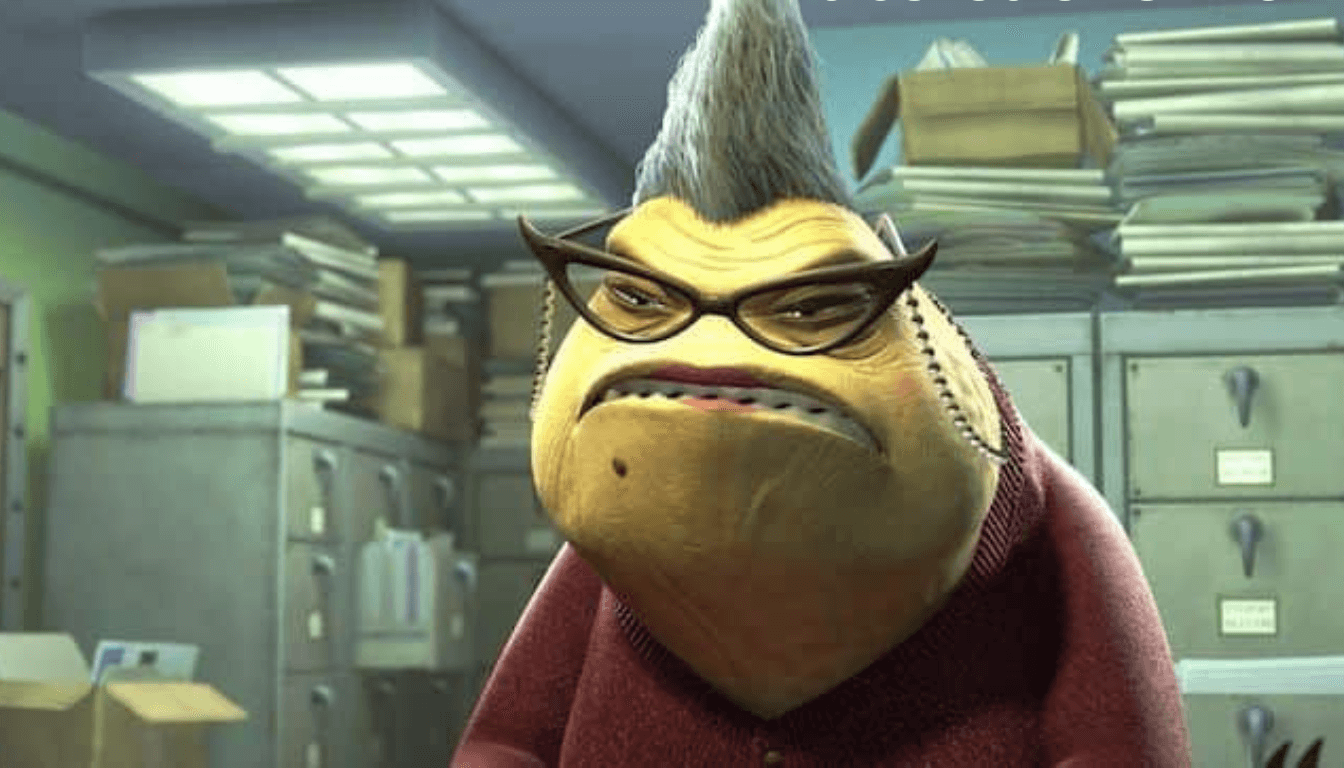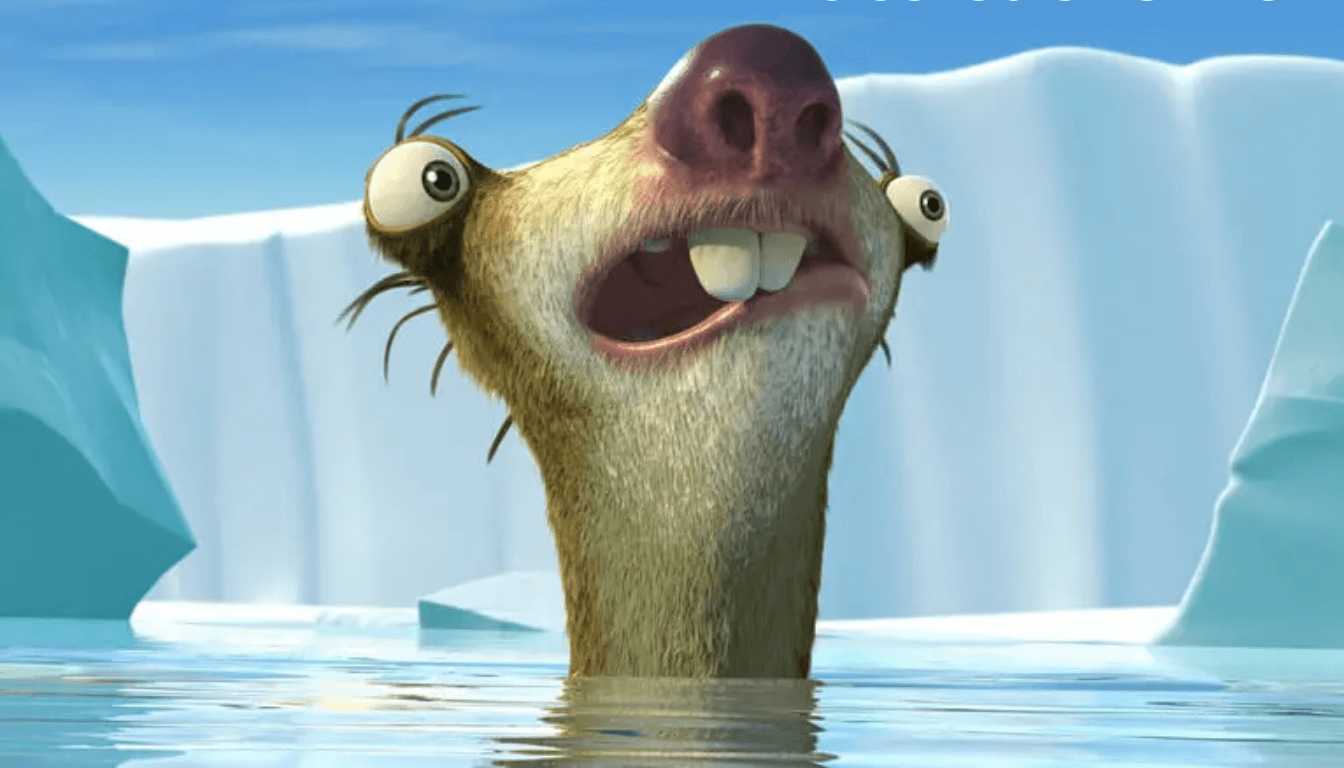When it comes to cartoons, beauty is often in the eye of the beholder. While some characters are designed to be visually appealing, others lean into exaggerated features and unconventional aesthetics to capture attention. Ugly cartoon characters have carved out their unique place in animation history, resonating with audiences for their humor, relatability, and undeniable charm. In this article, we explore the world of ugly cartoon characters, highlighting their significance and why they’ve become fan favorites.
What Makes a Cartoon Character Ugly?
“Ugly” in the context of cartoons doesn’t necessarily mean unappealing. Often, these characters are intentionally designed with exaggerated proportions, peculiar expressions, or unconventional traits to stand out. Their designs challenge traditional notions of beauty and offer a creative canvas for animators to push boundaries.

Here are some traits commonly associated with ugly cartoon characters:
- Exaggerated Features: Oversized noses, bulging eyes, or crooked teeth.
- Unusual Proportions: Impossibly long limbs, squat torsos, or asymmetric features.
- Distinct Expressions: Permanent scowls, goofy grins, or wild-eyed stares.
- Unique Styles: Bold colors, mismatched patterns, or absurd accessories.
Iconic Ugly Cartoon Characters
Here are some memorable characters whose unconventional looks have made them unforgettable:
- Ren Hoëk from Ren & Stimpy
Ren, the hyperactive Chihuahua from Ren & Stimpy, embodies chaotic energy with his emaciated frame, bulging eyes, and erratic behavior. His grotesque design complements the show’s bizarre humor and absurd storytelling.
- Shrek from Shrek
While technically a movie character, Shrek’s ogre design fits the bill perfectly. With his green skin, bulbous nose, and thick Scottish accent, Shrek redefines the trope of the “ugly” hero by proving that beauty is more than skin deep.
- Courage from Courage the Cowardly Dog
Courage’s lopsided teeth, uneven eyes, and jittery demeanor make him a lovable underdog. Despite his less-than-perfect appearance, he’s a hero through and through, constantly saving his owners from supernatural threats.
- Ed, Edd, and Eddy from Ed, Edd and Eddy
Their quirky looks define this trio of misfits. From Ed’s unibrow to Eddy’s over-the-top jawline, each character’s design enhances their distinct personalities and comedic antics.
- Patrick Star from SpongeBob SquarePants
Patrick’s dimwitted expression, pudgy physique, and perpetual cluelessness make him an endearing example of an unconventional character. His comedic timing and absurd logic cement his place as a fan favorite.
- Mr. Burns from The Simpsons
The skeletal frame, pronounced overbite, and steepled fingers of Mr. Burns reflect his miserly and sinister persona. His appearance alone screams villainy, making him one of the most iconic characters in animation.
- Quasimodo from The Hunchback of Notre Dame
Quasimodo’s hunched-back and asymmetrical features make him a classic “ugly” character. However, his kind heart and inner strength showcase the depth behind his outward appearance.
Why We Love Ugly Cartoon Characters
Ugly cartoon characters resonate with audiences because they offer more than meets the eye. Here’s why they’ve earned a special place in our hearts:
- Relatability: Their imperfections mirror our own, making them relatable and human.
- Humor: Their exaggerated looks often set the stage for hilarious situations and slapstick comedy.
- Depth: Many “ugly“ characters have rich backstories or redeeming qualities that highlight their inner beauty.
- Subversion of Tropes: They challenge conventional standards of attractiveness, emphasizing individuality and creativity.
The Role of Ugly Cartoon Characters in Pop Culture
Ugly cartoon characters often serve as symbols of inclusivity and acceptance. They teach viewers valuable lessons, such as:
- Embracing Differences: Characters like Shrek show that uniqueness is a strength, not a weakness.
- Judging Beyond Appearances: Many of these characters prove that personality and actions matter more than looks.
- Celebrating Creativity: Their designs reflect the boundless imagination of animators and storytellers.
The Evolution of Ugly Cartoon Characters
Over the decades, animation styles and cultural norms have influenced how ugly cartoon characters are portrayed. Here’s a brief timeline:
- 1930s-1940s: Early animation focused on slapstick humor, with characters like Goofy and Daffy Duck sporting exaggerated features for comedic effect.
- 1980s-1990s: Shows like Ren & Stimpy and Beavis and Butt-Head leaned into grotesque designs to appeal to a more rebellious audience.
- 2000s-Present: Modern animations balance quirky aesthetics with emotional depth, creating multidimensional characters like Shrek and Courage.
Honorable Mentions
While the characters listed above are iconic, many others deserve recognition:
- Squidward Tentacles (SpongeBob SquarePants): His perpetually annoyed expression and elongated features make him a standout.
- Dr. Doofenshmirtz (Phineas and Ferb): His lanky frame and awkward posture reflect his comedic ineptitude.
- Roz (Monsters, Inc.): With her gravelly voice and stern demeanor, Roz’s unique design is both amusing and memorable.
Ugly But Endearing
At their core, ugly cartoon characters remind us that appearances are only skin deep. Their quirks, flaws, and individuality make them memorable and beloved. By embracing their unconventional looks, these characters teach us to value authenticity and creativity in a world that often prioritizes perfection.
So, the next time you see an ugly cartoon character, take a moment to appreciate the artistry, humour, and heart behind their design. After all, it’s these imperfect characters that make animation so wonderfully diverse and endlessly entertaining.
Visit our other blog post: Explore Bizop: Your Path to Business Success Today.
